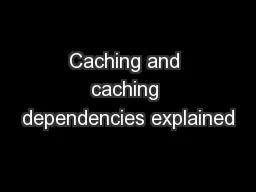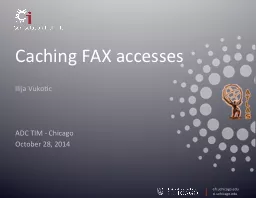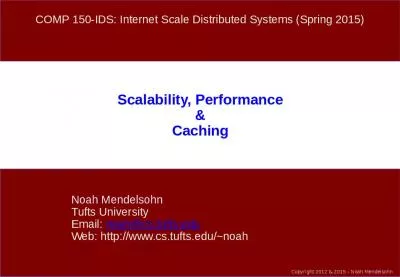PPT-RIPQ: Advanced Photo Caching on Flash for Facebook
Author : yoshiko-marsland | Published Date : 2018-01-10
Linpeng Tang Princeton Qi Huang Cornell amp Facebook Wyatt Lloyd USC amp Facebook Sanjeev Kumar Facebook Kai Li Princeton 1 2 2 Facebook 2014 Q4 Report Photo Serving
Presentation Embed Code
Download Presentation
Download Presentation The PPT/PDF document "RIPQ: Advanced Photo Caching on Flash fo..." is the property of its rightful owner. Permission is granted to download and print the materials on this website for personal, non-commercial use only, and to display it on your personal computer provided you do not modify the materials and that you retain all copyright notices contained in the materials. By downloading content from our website, you accept the terms of this agreement.
RIPQ: Advanced Photo Caching on Flash for Facebook: Transcript
Download Rules Of Document
"RIPQ: Advanced Photo Caching on Flash for Facebook"The content belongs to its owner. You may download and print it for personal use, without modification, and keep all copyright notices. By downloading, you agree to these terms.
Related Documents














